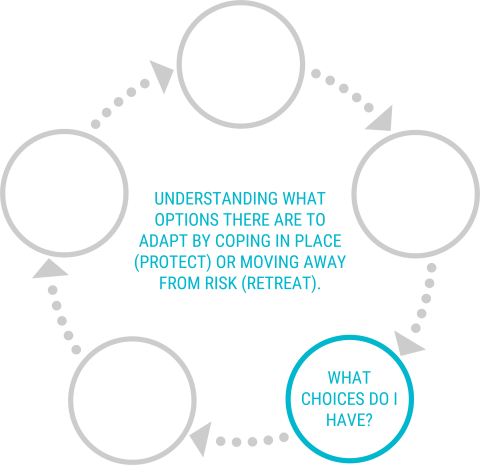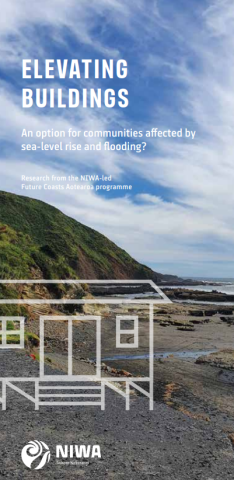This work was undertaken under the Future Coasts Aotearoa programme Research Aim 2 within the Te Puuaha| The Lower Waikato River case study

1. Elevation of buildings
Where it is important for the community to remain physically connected to their remaining land to retain cultural identity and practices associated with the land and whakapapa elevating buildings on the land could potentially allow whānau to safely remain in place for as long as possible.
NIWA commissioned a firm of engineers to estimate possible elevation costs so that the magnitude of the action could be understood. The resulting report outlines general activities that would be needed to elevate buildings in situ, generalised costs and other considerations such as expenses that are not covered and that might need to be addressed at some point.

2. Paludiculture
Te Puuaha identified paludiculture as a possible activity for the region and are keen to explore its potential. Paludiculture refers to the productive use of wet and rewetted peatlands where peat is preserved, subsidence is stopped and greenhouse gas emissions are minimised.
For the Lower Waikato case study, paludiculture provides a possible means to:
• help the landscape of the Lower Waikato return to unmanaged conditions, enhancing the environmental health of the area and the spiritual and cultural health of the people, while simultaneously.
• softening the blow of agricultural losses arising over time from relative sea level rise and or removal of flood defences.
While paludiculture exists elsewhere in the world, it is still a new option for Aotearoa. This introductory review of paludiculture was commissioned so that the team could understand what paludiculture is, how it can be done and general issues involved in considering this for the Lower Waikato. However, in practice, a variety of wetlands farming options might be useful for the Waikato, or other parts of New Zealand.
